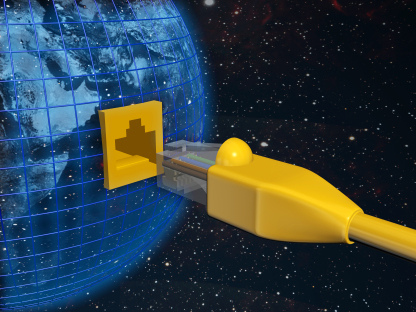There are three main forms of broadband internet connection; fibre optic, DSL and cable. Fibre optic is by far the fastest and most stable of the three, but it is not available in all areas. Fastweb is a communications company and internet service provider that has a very extensive fibre optic network. They have numerous offerte Fastweb deals that include both fibre optic and DSL broadband, and are often bundled with mobile internet access and landline telephone.
DSL is an acronym for Digital Subscriber Line and it uploads and downloads data through the copper telephone lines that are installed in most homes. DSL is usually perfectly fast enough for most people internet use However, DSL speeds are slower the further away you are from your local telephone exchange. DSL also requires a DSL modem so it can connect to the Internet.DSL modems work by checking the sound quality of telephone line and deciding which frequency data should be best transmitted at. This may affect internet speeds at times when the line is experience a high level of noise. DSL modems also require filters to cut out the noise caused by telephone conversations otherwise it will not be able to connect to the internet at all.

Cable on the other hand, does not require a telephone line so it is a lot more stable. Cable uses the same line as cable TV so it usually bundled with a digital TV package. Although cable typically provides faster Internet than DSL, internet speeds suffer when a lot of people use the internet at the same time in a specific area. This is because only one cable is installed in an area and it is shared with the local population. Like fibre optic is not available in some areas although it is more widespread than fibre optic.
Fibre optic broadband internet is definitely the best choice if it is available to you. You will experience blisteringly fast internet access at all times of the day and night. It is also very stable. But if it is not available to you then your choice will come down to DSL or cable. Doing a Google search and visiting the websites of internet service providers will help you determine the distance you are from your telephone exchange for DSL and the amount of users of a cable line in your area. Heavily populated metropolitan areas tend to have more users on the internet at once so if you live in an area like this you may be better off with DSL. However, if you live in a rural area with a low local population then cable may well give you very fast and stable internet most of the time.
Of course another important factor is price. You can get the best deals for broadband internet by using a ISP price comparison website and find yourself the perfect deal. However be sure to visit the ISP websites to check the small print!
